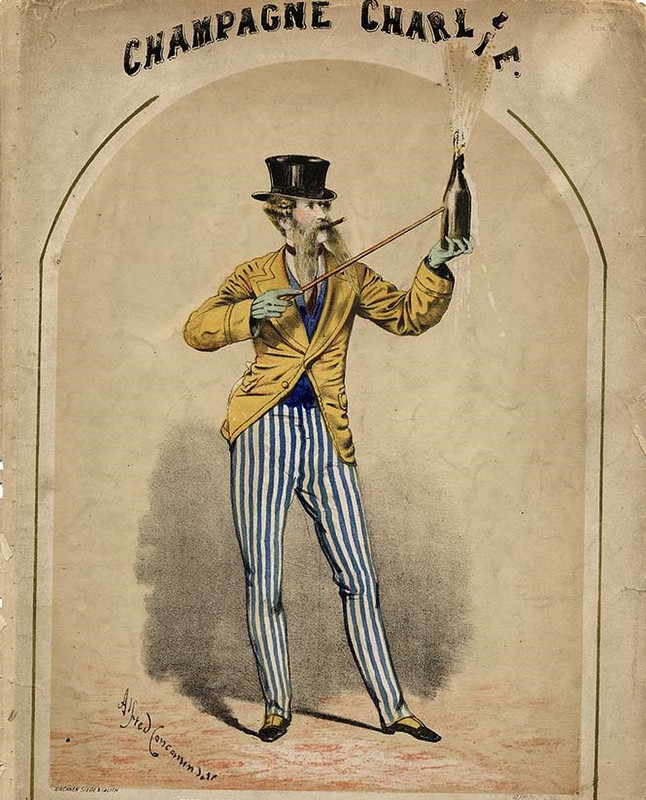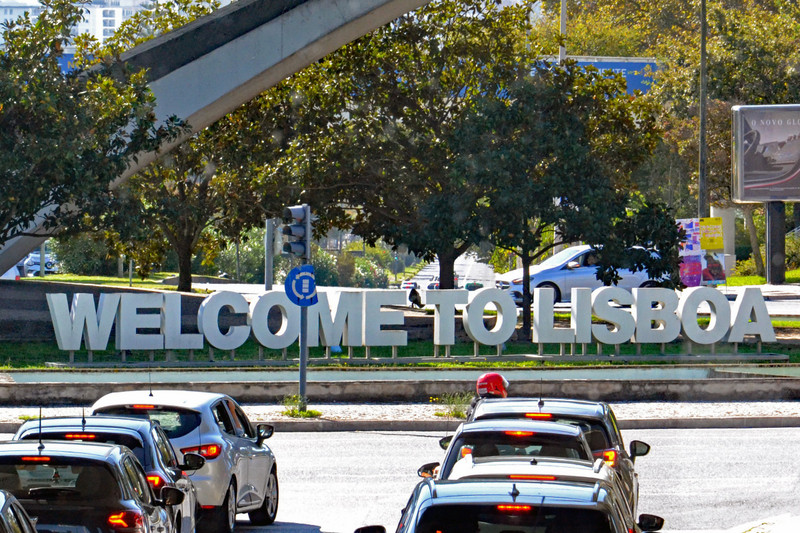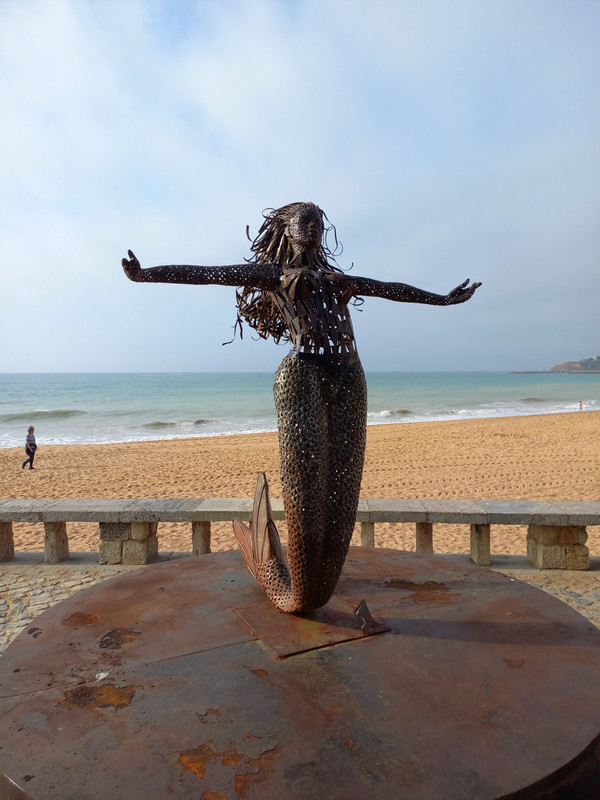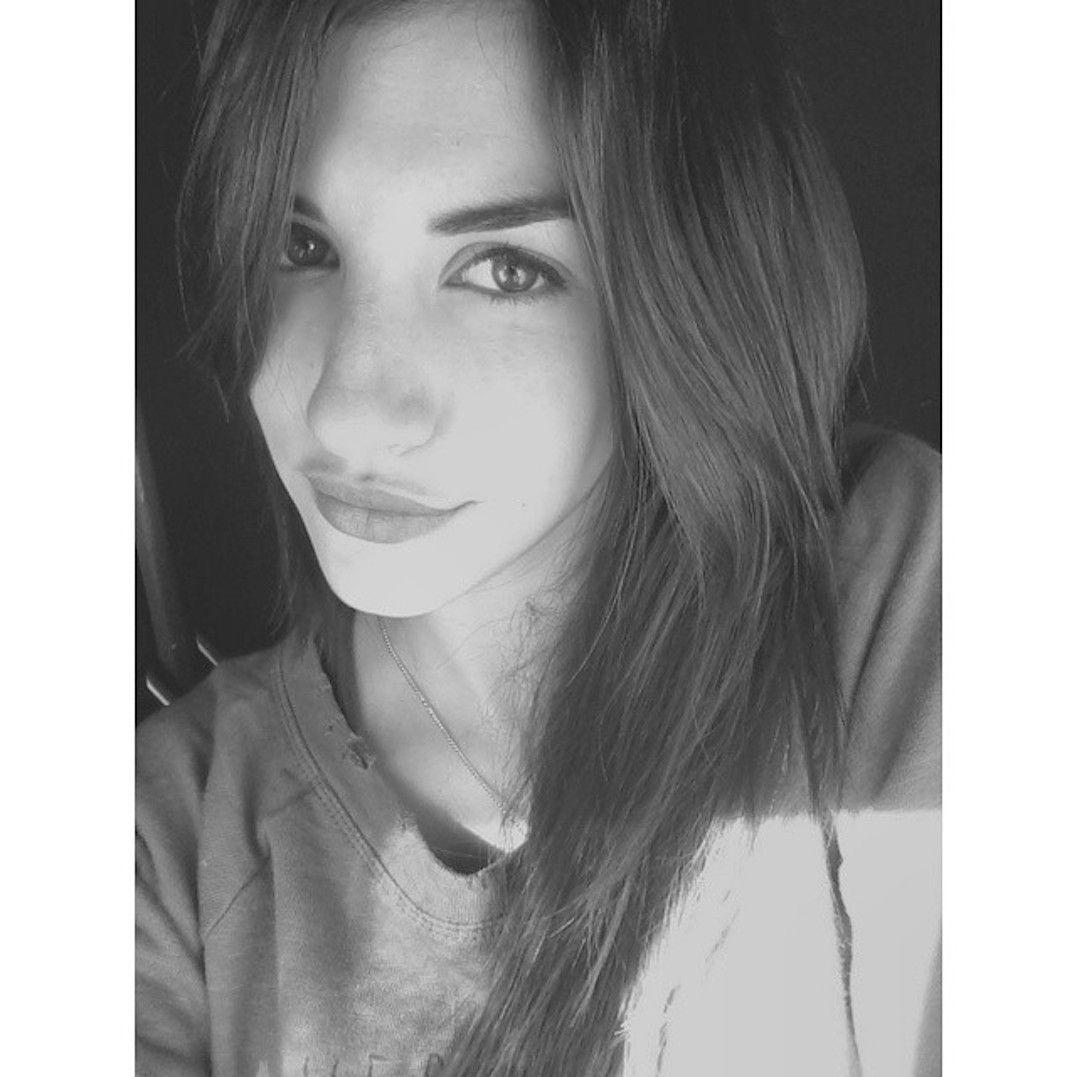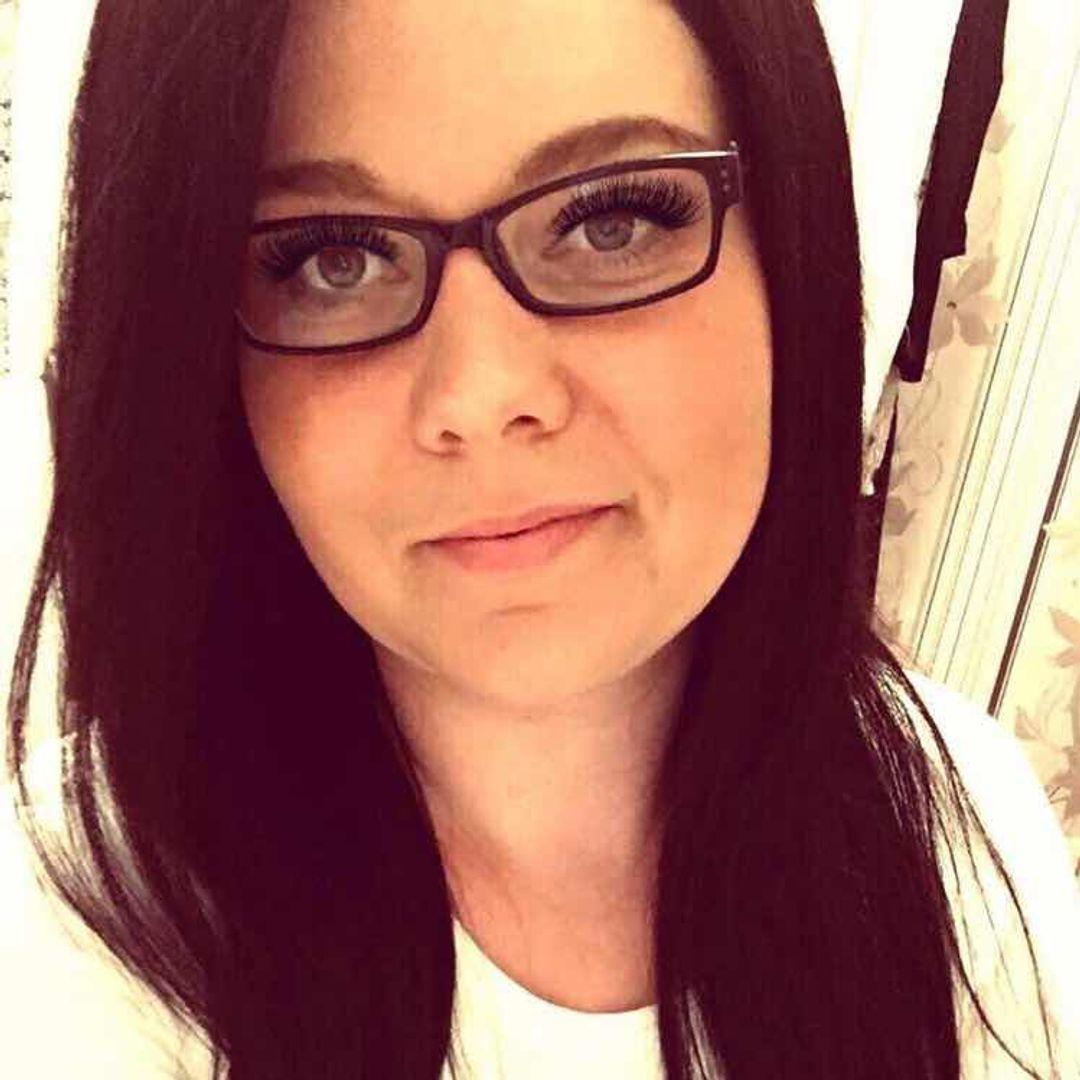Have you heard of orange wine for Halloween? White wines are generally pressed off of their skins shortly after entering the winery— not the case with an orange wine. An orange/amber color is produced when white grape varieties ferment with their skins. In addition to an color, the extended exposure to skins gives this style of white wine more tannin and a slight note of bitterness. Orange wines can be fermented in a variety of different vessels including stainless steel tanks or oak barrels. Often, a traditional method in clay amphora and qvevri is used, but othertypes of wines can also be made in these receptacles, so they are not synonymous with orange wines. The flavors and textures of wines made in a amphora and <em antialiased;
color: Neutraface Text, Montserrat; 16px; #f5f5f5;>qvevri are quite distinct. Often theres a resiny, character or something thats smokey and peaty not unlike single malt Scotch. Depending on the variety of grapes used, the flavors can be reminiscent of wild herbs, dried orange peel, dried apricots, walnut skins, sea salt, minerals, ginger, and spiced tea.Here is a lovely story about Champagne Charlie (no relation to Champagne Gerry): In honor of International Champagne Day, heres a story about one of the men who made the beverage popular in the United States. Charles Heidsieck founded his Champagne house, by the same name, in 1851 and promoted his Champagne extensively in the United States. He was dubbed Champagne Charlie by the American press. Champagne Charlie was an energetic, entrepreneur—by 1861 he had sold over 300,000 bottles in the U.S., and his Champagne had a wild success. From an avid winemaking family, Charles Heidsieck was related to the founders of the two other Champagne houses that eventually came to be known as and Heidsieck & Co. Monopole. During the U.S. Civil War, Charlie was arrested and accused of being a Confederate spy on his travels
through New Orleans. He was finally released from prison after President Lincoln received a letter from Napoleon III, then the Emperor of France, on his behalf. Returning to France penniless and ill, Charlie still managed to save his Champagne business when he was repaid a debt using land deeds. The repayment included one third of a small village in the U.S. Colorado Territory. Shortly thereafter, silver was discovered in that same then village of Denver, saving Charlies Champagne empire.And for those of you who love your bourbon: Ten million of barrels of Bourbon are currently aging quietly along in Kentucky. This year has been a particularly spectacular year for bourbon production, according to the Drinks Business. However, thanks to an old Kentucky state law which considers full barrels of bourbon as property, all of that bourbon is taxed–every year (like real estate). Kentucky distillers are braced to pay $33 million in barrel aging taxes this year alone. No other region in the world taxes spirits in the same way.Going with the latest trend: You can now get 80 wines by the glass at the new Sonoma, California restaurant Matheson. The restaurants main attraction— is a wine wall where the wines by the glass are housed. Wine is dispensed through a machine that allows diners to choose a 1 oz., 2.5 oz., or 5oz. pour. The most expensive wine on the list is a Merlot blend ($26/$65/$130) from Vrit in Healdsburg.All the above, courtesy of Winespeed. I love their website and weekly emails.
